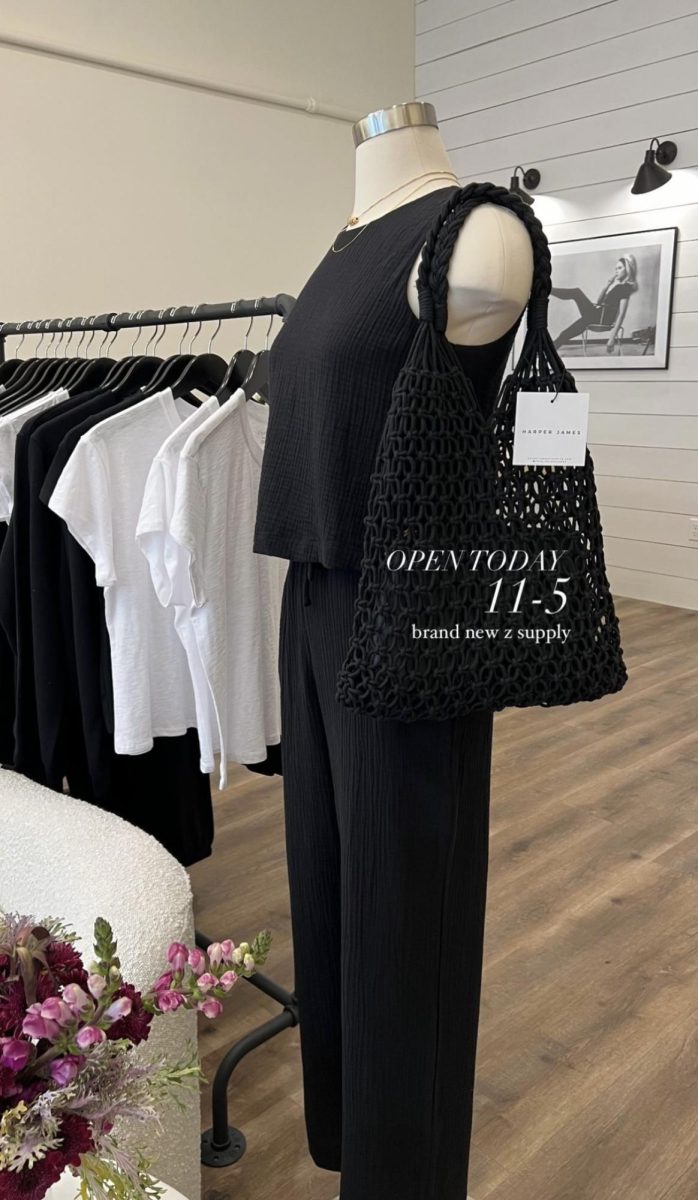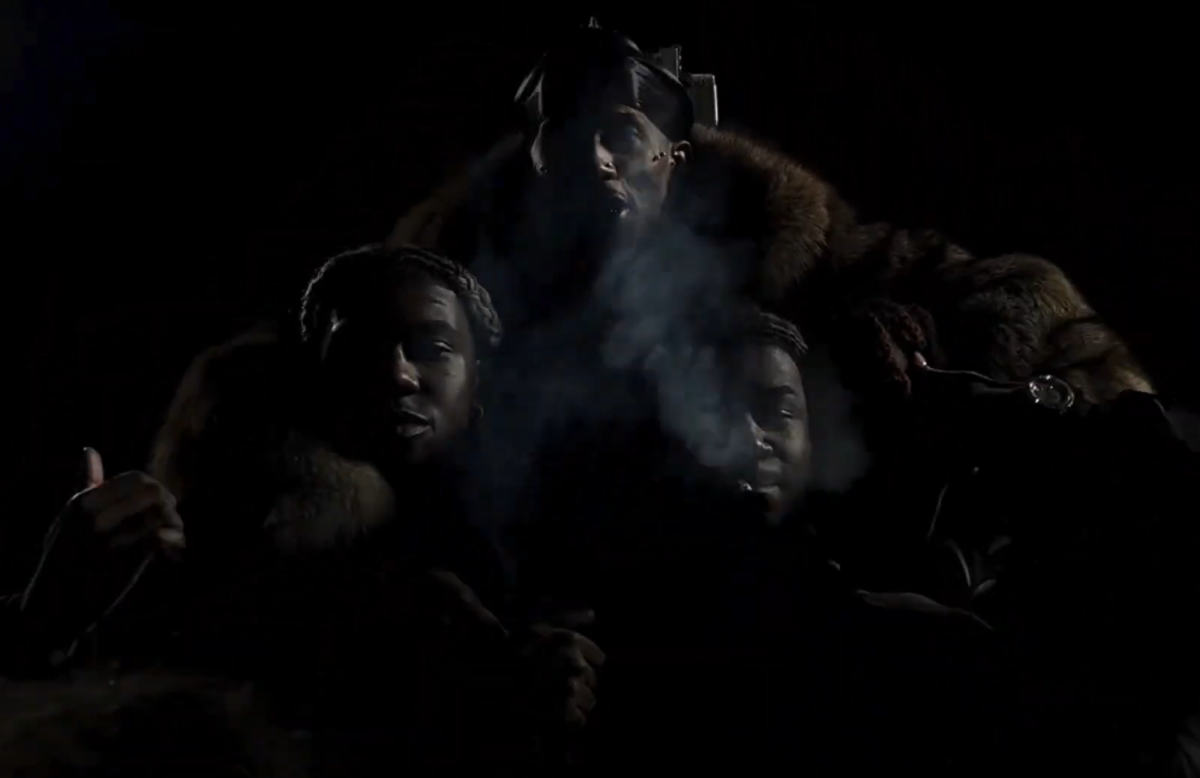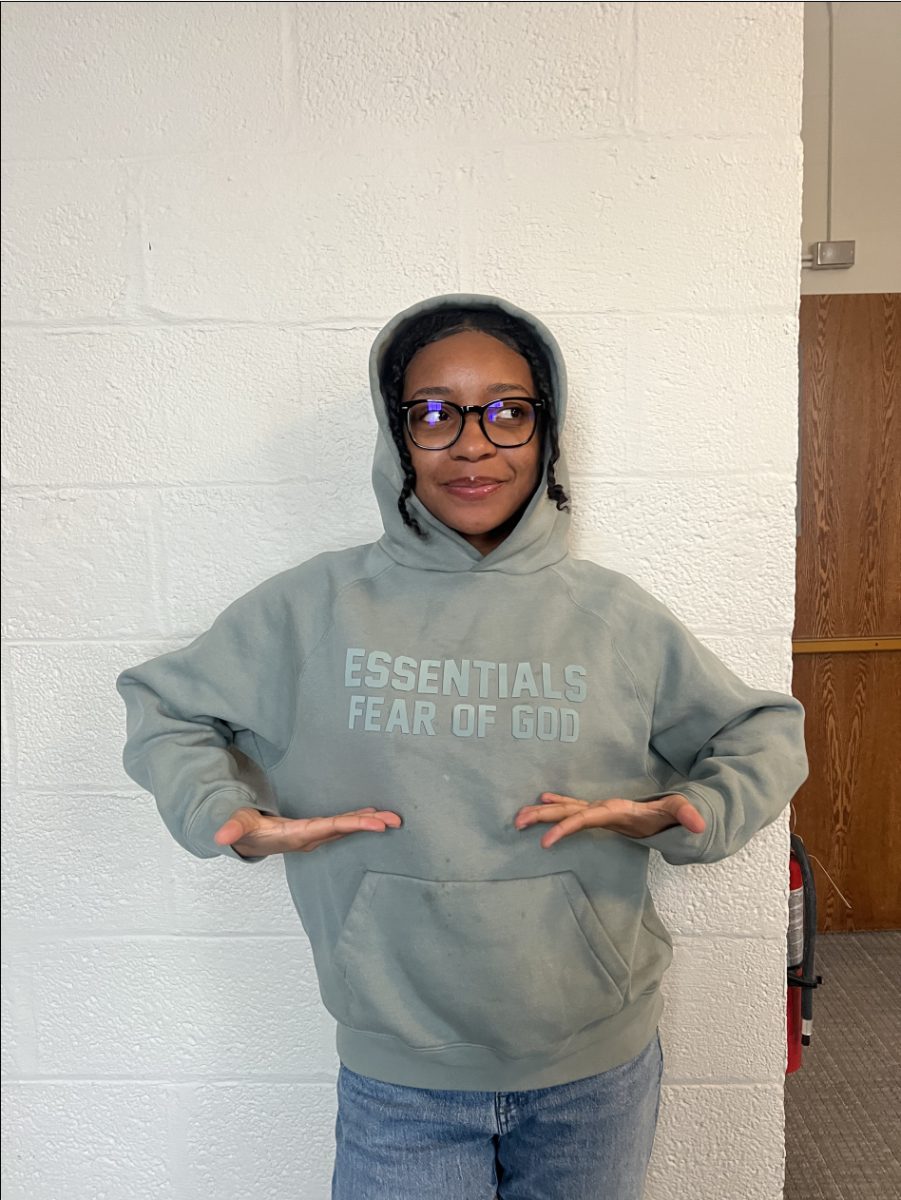by Rachel Deena ’13
If your favorite store was hiring, wouldn’t you try to get a job ASAP? I mean who wouldn’t want discounts to the store they shop at the most? What if instead of hiring you to work as a cashier or someone who works in the store you were hired to work in one of their factories? Not just any factory but a factory that is not up to health regulations or safety codes? Doesn’t sound like your dream job anymore, does it?Recently in Bangladesh one of these fashion factories collapsed, killing around more than 1,000 people and leaving many more wounded. The devastating situation occurred at a Joe Fresh factory on April 24th, 2013. Since then, H&M, Gap, Walmart and other well-known companies have met to discuss ways in which they can improve their overseas factories and make them safer for the workers. Events like this raise the question: is this a safety concern for the companies to rectify or are the countries where the factories are located the ones to blame?
Both should take responsibility for a problem that has reached such a magnitude that hundreds and hundreds of lives are put in danger, even killed, just because they went to work.
Companies should make sure that they have control over the factories and that the supervisors are making sure that their buildings are up to code. But what if the country doesn’t have standards for safety or health codes? Sadly, not all countries are as developed as the United States, but if we are indirectly doing business in other countries, we the buyers should make an effort to do what we can and help these countries reach a standard of safety that would acceptable in our country.
The United States Occupational Safety and Health Act of 1970 (OSH Act) regulates employee rights, oversees factory requirements, dictates how to report hazards, and more. It even help US employees figure out who they should contact to if they have been exposed to any toxins while working. The labor code for Bangladesh doesn’t detail health codes or safety standards. It does discuss different acceptable working ages. According to the labor code in Bangladesh the minimum age to participate in hazardous work is eighteen-years-old. But what’s hazardous work? Furthermore, more than seventy-five percent of these workers are women. However, girls as young as thirteen can marry and need to help support their new family. So what do these girls do for money? Under education laws of Bangladesh, a child must complete up to the fifth grade and after that no longer has to attend school. It an be argued that we Americas are conditioned to believe that without a proper education, even a college education, there is little opportunity to be successful. Yet, without much education the only work these people can really have are in factories that are unsafe. What are their choices?
What are ours?
If given the opportunity fashionable, adults like Ms. Davey and Ms. Paige said that they would rather pay more for clothing that was made under humane conditions rather than pay less money for something unethical. Ms. Paige had this to say on the subject: “If given the information beforehand, there is no question about it. I would choose to buy a more expensive article of clothing if it was made under humane conditions. The problem though is that when your shopping you don’t always know which clothes are ethically made and which ones are not.” That is the way to show these producers that we don’t support inhumane conditions for their workers. By buying clothing that was made under safe and humane conditions we are showing your support for ethical clothing and telling the fashion industry that they need to change.
Ask the retailers. Call these companies. Do the research.
Sources: http://www.dol.gov/compliance/guide/osha.htm#BasicPro
http://www.dol.gov/ilab/media/reports/iclp/sweat/bangladesh.htm
http://www.dol.gov/ilab/programs/ocft/2011TDA/Bangladesh.pdf








